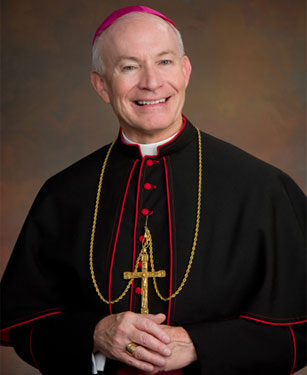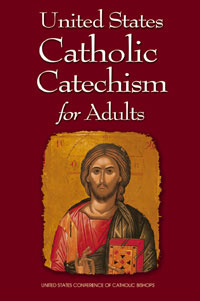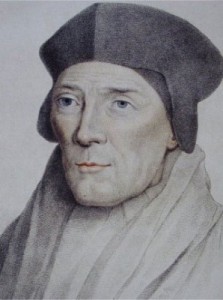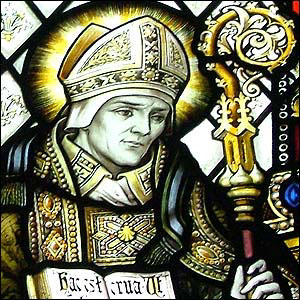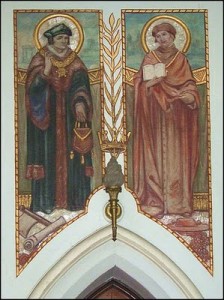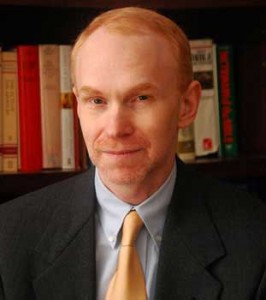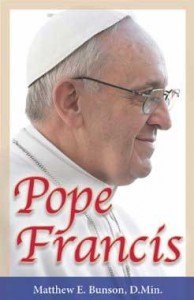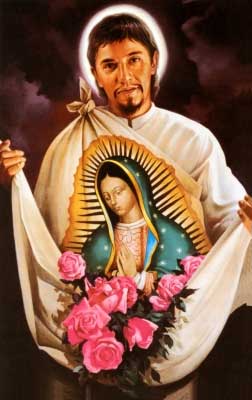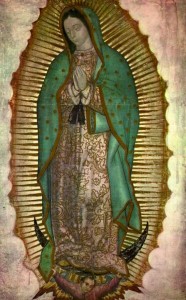USCCA21 Chapter 20 Holy Orders Part 1
Podcast: Play in new window | Download (Duration: 27:35 — 44.2MB) | Embed
Subscribe: Apple Podcasts | Spotify | Amazon Music | Android | Pandora | iHeartRadio | JioSaavn | Podchaser | Gaana | Podcast Index | Email | TuneIn | Deezer | Anghami | RSS | More
Archbishop Lucas offers insights on the US Catholic Catechism for Adults Chapter20:
The Church adopted the term order from its use in the Roman Empire, where it referred to a governing group. In the Sacrament of Holy Orders, there are three degrees or “orders”: bishop, priest, and deacon. The rite of ordination is the sacramental act that makes this possible. Ordination “confers a gift of the Holy Spirit that permits the exercise of a ‘sacred power’ …which can come only from Christ himself through the Church” (CCC, no. 1538).
The Most Reverend George J. Lucas leads the Archdiocese of Omaha.
For other episodes in the visit our Archbishop George Lucas page
This programs is based on:
More information can be found here.
We wish to thank the USCCB for the permissions granted for use of relevant material used in this series.
Also we wish to thank Matt Willkomb for his vocal talents in this episode.
[ezcc]

